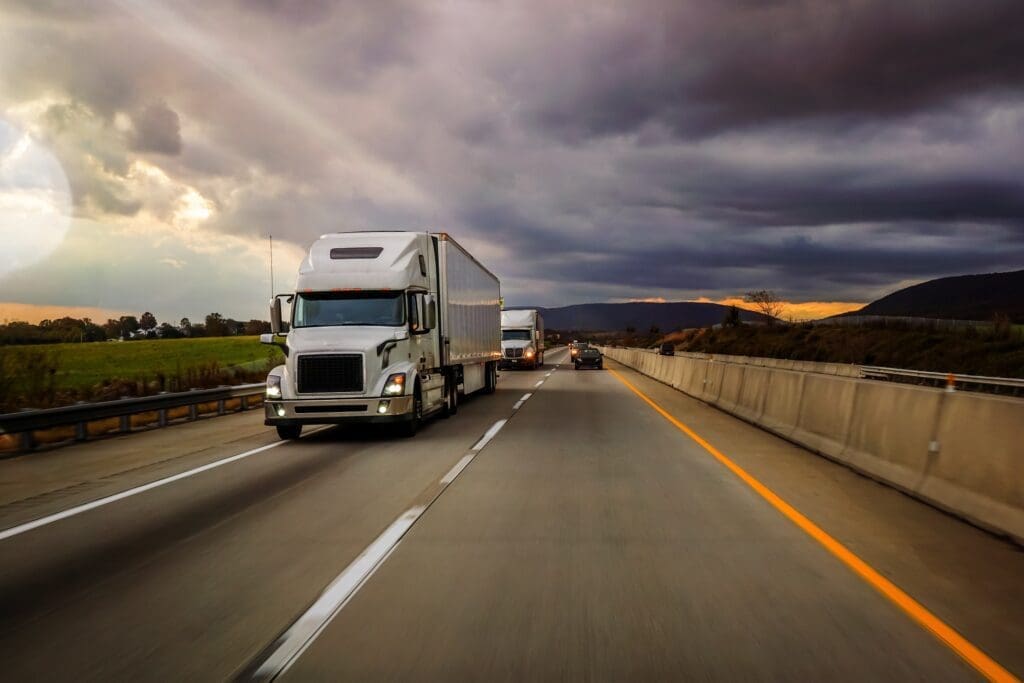The cost of shipping—from agricultural hauling to heavy equipment transport—is climbing. The only debate is exactly how much costs are rising. According to various sources:
- In 2017, US companies’ shipping costs were up 6.2% last year—a record $1.49 trillion. And those costs were 19% higher than they were a decade ago. The Council of Supply Chain Management Professionals
- For-hire truck tonnage in the first six months of 2018 was up 7.9% from a year earlier, more than twice as much for the same period in 2017. The American Trucking Associations
- Long-distance trucking costs in June 2018 were 9.4% higher than those a year earlier—the biggest jump in nearly a decade. The US Labor Department
- Rates for shipping dry goods have increased 40% from a year ago. DAT Solutions
- From March 23, 2017 to March 23, 2018, spot rates rose 28%. Bloomberg
- Longer-term contract rates are predicted to jump to 12% this year, more than 3 times the 3.9% rise last year — the highest increase in more than a decade. FTR Transportation Intelligence
- Spot market rates rose 29% from a year ago. Longer-term contract rates cost 15% more than last year. DAT Solutions
Several factors get the blame when it comes to shipping costs. Fuel prices are up. Hurricanes and wildfires are shutting down ports and highways. The recent Electronic Logging Device (ELD) mandate is slowing shipping, while a strong economy (and competition from Amazon and Walmart) is increasing demand. And, everyone agrees, a truck driver shortage is exacerbating all of the above problems.
The Driver Shortage
The driver shortage* tops the American Transportation Research Institute (ATRI)’s list as the trucking industry’s number one issue for the second year in a row. ATRI’s report, released on October 29, was compiled from more than 1,500 responses from motor carriers and drivers, all of whom felt the impact of too few drivers.
Just how many drivers are needed? American Trucking Association’s Bob Costello said the U.S. was 51,000 truck drivers short at the end of 2017. The crisis may be worse than Costello reports: Texas Trucking Association President John Esparza said that Texas alone needs an additional 50,000 Class 8 drivers.
Though the numbers may vary, the problem is obvious. Big rigs in Texas oil fields sit empty, waiting for drivers. Average waits at shipping ports have risen from the usual two to four days. The rate of goods delivered on time is slipping. The number of truckers needed to move goods on time just isn’t there.
*Read more about the driver shortage here.
Increasing Costs
The lack of drivers is escalating costs for businesses, and they are publicly laying the blame on the trucking industry. Walmart said that high transportation costs are its “primary head wind.” Tyson Foods reported that it expects shipping costs to rise $250 million this year.
Some companies have specifically identified the driver shortage as one of the reasons behind their increased shipping costs. “Transport costs have… been under some pressure with the driver shortage in the U.S.,” said Pepsi’s chief financial officer Hugh Johnston. MillerCoors senior director of transportation and logistics Holly Pixler also talked about the issue on the MillerCoors blog, saying, “There are 10 truckloads waiting to be moved for every driver available right now.”
Businesses are passing increased costs along to consumers. Last spring, Amazon raised shipping prices for Prime customers by 20%. General Mills and John Deere both hiked prices and blamed transportation costs. Tyson did, too. “Product prices must reflect the true cost because we cannot subsidize the increased freight,” said Tyson CEO Tom Hayes.
Decreasing Profits
The cost of the driver shortage is not just higher retail prices. Corporate profits are falling, too. In quarterly earnings calls throughout this year, Anheuser-Busch InBev, Pepsi, and General Mills have said blamed transportation costs for low profit margins. They’re not alone: 148 companies in the S&P 500 noted “freight,” “shipping,” or “trucking” on their earnings reports— double the number from a year ago, according to financial research platform Sentieo.
And when America’s large corporations become affected, so does the country’s economy. “I don’t normally speak in hyperbole, but we’re entering some uncharted territory,” says Donald Broughton of Broughton Capital, author of the Cass Freight Index publication. “If there is a 10% increase in transportation costs, that gives you a 1% increase in inflation for the broader economy. That’s real.”
The problem may be here already: In July, the Bureau of Labor Statistics reported that June’s Producer Price Index (PPI), a measurement of wholesale price inflation, rose at its highest annual rate since 2012.
Possible Solutions to the Shortage
The industry isn’t taking the driver shortage lying down. Companies are raising drivers’ salaries. They’re courting millennials. Some are asking the federal government to lower the age for truck drivers. Some companies are investing in technology that will require fewer drivers (like autonomous vehicles).
We’re doing everything we can, too, to make sure that everyone who needs heavy equipment transport can get it on time at the best possible price. At Next Exit Logistics, we earn the trust of our clients with efficiency, transparency, and security. In addition, we understand how to handle freight services for unusual, oversize, or overweight shipments and are certified to arrange the shipment of hazardous materials. To learn more about our services, call Next Exit Logistics at 866-624-2661 or contact us via email.




